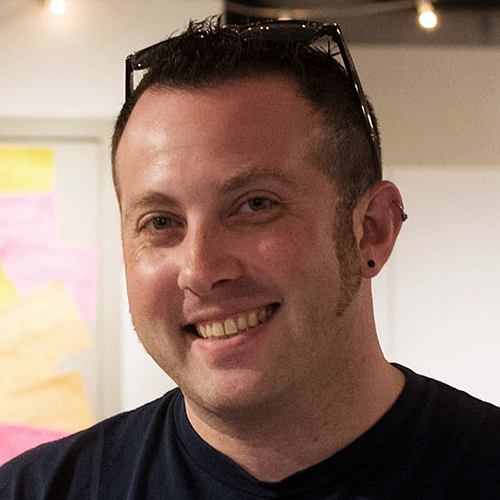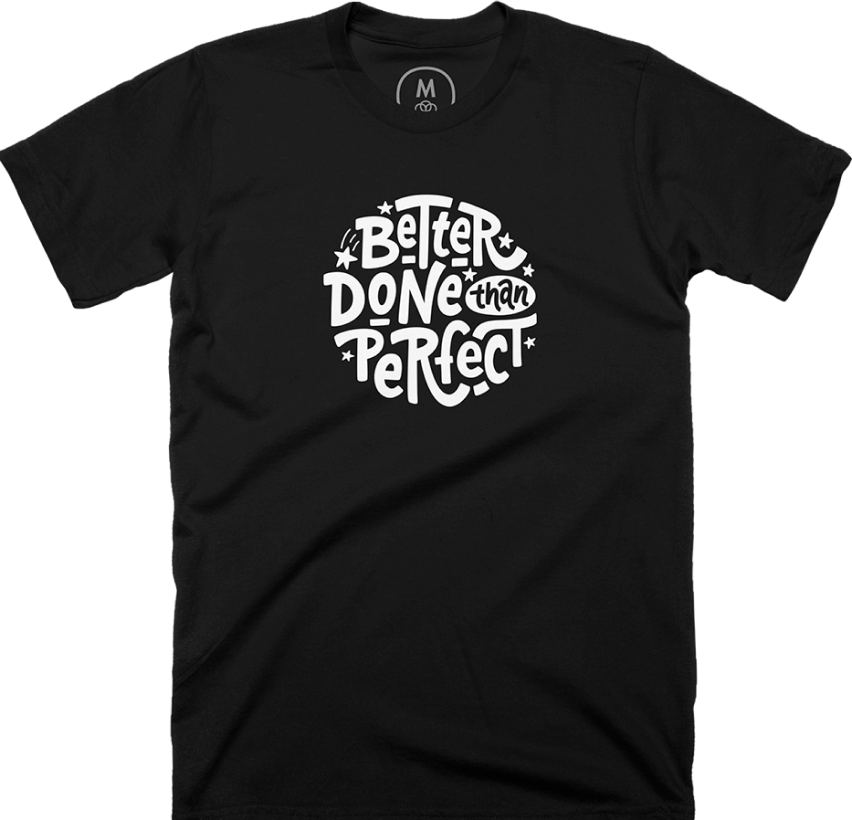Alex Hillman, author of The Tiny MBA, is the founder of Stacking The Bricks and Indy Hall. In this episode, he and Jane of Userlist discuss customer success in the realm of infoproducts such as books and courses. He talks about his company and his own infoproducts, as well as his customer success insights and processes. Lastly, Alex provides invaluable tips for SaaS founders looking to leverage infoproducts for their businesses.
Stacking bricks and building empires
The show kicks off with Alex getting into how he and his partner Amy Hoy set up the infoproduct SaaS empire Stacking The Bricks — an initiative that helps creators turn their skills into sustainable products.
While coming from different backgrounds (Amy being a seasoned SaaS founder while Alex more of a brick-and-mortar businessman), both business partners share the same philosophy, which is quite the opposite of what most SaaS and startup folks implement. Instead of coming up with a great idea and only then go out to validate it, Alex and Amy implemented the following strategy:
“We independently took the approach of finding audiences that we were already connected to, and deeply studying and understanding those people's behaviors, their problems, their language — which was easy because we were already a part of it — and then using that to realize the thing that people already want but either can't get, or the things they can get aren't satisfying their needs, and using that to build businesses.”
Using the skills they had acquired within the industry, they began sharing their wisdom and processes. And people wanted to learn more. This led to creating a course which over the years grew and evolved into their flagship course, 30x500:
“30x500 teaches that research methodology of how you go out into communities, understand people's challenges, understand their behavior and use that to create both incredible products, but also educate them and create your content marketing and things like that.”
However, Alex warns: “From somebody who made this mistake, don't name your product after a math equation!”
The Tiny MBA
In 2020, Alex wrote his book Tiny MBA that instructs people on “how to run a business as an MBA might.” He likes to perceive as a ‘thinking tool’:
“It's more questions than answers. It's meant to give you better questions so that as you're in your business journey, it encourages you to sort of look around, analyze your environment, analyze what's going on in your business experiences and make better choices.”
The book, Alex quotes, is “strangely formatted”, possibly due to the fact that it is a repurposing of his tweets.
“I didn't start the Tiny MBA with the intent to write a book. And I think that's part of why it worked. It actually started as a thread on Twitter as part of a challenge to write 100 tweets; basically create a thread of 100 thoughts, ideas, strong opinions about a thing that you know a lot about.”
Assisted by his designer friend Hannah Litvin, it took him the first half of 2020 to sort out things like packaging and design. The book was successfully launched that summer and received an enthusiastic response quite quickly, possibly because it disrupts business book norms:
“With most business books, you sit down and you read it, you take some notes and then that book goes on the shelf and you recommend it to people, if it was a good one. Maybe there was one lesson in there that you use someday. And once in a while, there's a book with one lesson that you use all the time. I had a completely different approach, where there were a hundred things that you might use at any given time.”
And while creating a successful book is one thing, fueling communication and engagement around it is another. Alex summarizes this sentiment:
“One of the benefits of software and digital products is direct communication. With people you can have in-app messaging and emails and all those kinds of things. With a book, once it’s in the person's hand, you don't know what's going to happen. There's not really a lot of infrastructure built around interacting with readers, especially with a print book.”
Communication and the void of silence
Alex expresses his thoughts on receiving feedback and engaging with customers, claiming that the best way to go about this is via live communication, such as that through phone calls:
“30x500 started as literally a phone call, which is the highest resolution of interactions you can get with a customer because it's practically live. They're listening to you. You can get immediate feedback and people can ask questions for clarifications.”
But can this be applied to SaaS products? Should customer success teams or sales teams consistently make phone calls asking for feedback? Alex shares the following standpoint:
“It's one thing to sell something but I think what we're talking about, especially in the SaaS world, is you have that ongoing relationship. Their success is not finishing the book or finishing the course — it's implementing what they learned. That's what creates great results. It's what gets people talking about the book as valuable to them, which creates word-of-mouth testimonials and ongoing sales. I think that's the bridge between infoproducts and software.”
However, the proverbial void of silence may still inevitably creep up. Alex claims this holds true “unless you've got a space that's specifically designed for customers to reach out to you, when they want to reach out to you.”
Alex is also an avid proponent of live webinars, bootcamps, and chats, where you can experience a student’s/customer’s struggles in real time.
He additionally illustrates what it feels like when your customers are vocal about how they find value in your product:
“One of the most surprising things is people tweeting at me or they'll take a picture of one of their favorite pages. They'll tweet it and I'll respond and ask them ‘what did you like about that?’ or ‘tell me the story about why that resonated.’ And they're like, “I've never had an author respond to me!’”
Communication channels & bridges
With infoproducts being the most silent medium, it is no wonder that the ship-and-forget experience is a common outcome. How can we prevent that? What kind of bridges and communication channels can we create to keep the product vivid in the customer’s mind, while sustaining a long-term relationship with them?
Alex provides the following step-by-step tips for optimizing your product (particularly a book) so that it nurtures a long-term relationship:
- Treat the book the same way you treat a really great article for content marketing.
- Have a content upgrade in it. Put an email address and a call to action in the book itself that says, “if this was helpful, I've got more for you.”
- Send an email to this address and give them this additional thing (a workbook, a cheat sheet, a guide, an email course, etc).
- Once somebody gets something valuable from you, they want more. And so you can use that same chain of psychology and incentives when somebody reads a book they find awesome.
Lastly, Alex reveals that communicating directly with his customers is not about fishing testimonials, but rather uncovering the stories behind their favorite pages and what they enjoyed the most.
Creating successful courses
Now diving into the topic of courses, which tend to change format over the years, Alex looks back on the early 30x500 days:
“There was an early version of the course we ran for about two years that was all over an email list. So a couple of days a week, we were sending out new lessons on a Google group. This is not a great way to deliver a course.”
There was both an upside and a downside to this course delivery tactic:
(+) “We got to hear from people and we got to see where they got stuck.”\ (-) “Because everybody could see everybody else's responses, it created the sense of, if you got busy or you weren't staying on schedule, you got behind.”
So what is the best methodology when it comes to delivering such courses? Alex’s answer seems to revisit his initial view on live communication:
“Spending time teaching live, in whatever format, is hands down the most valuable thing that somebody can do, who intends to create something that people can then buy off the shelf.”
Consequently, their 30x500 course, which is now delivered in a bootcamp-style format, is a testimony to his successful delivery method:
“We have incredible reviews on 30x500, even from people who don't implement it. People who say ‘I got pulled off another life directions, I made other choices, but this is still one of the best courses I've ever taken.”
The reason behind Alex’s students’ raving reviews is a psychological one, and it applies to SaaS and infoproducts of all sorts:
“When the user feels that you thought about them, you can get away with rough edges and missing features and stuff that's not done or not ready because the user believes, and they can see it through your actions, that you are thinking about them.”
One-on-one support secrets
Shifting to the topic of customer support, Alex discloses that one-on-one support has always been in place for Stacking The Bricks:
“We've always had one-on-one support. We generally push people into the community channels to ask questions, not to have other people answer them for us.”
But how would you deal with people who don’t like being “pushed” into a community or are reluctant, for whatever reason, to share their thoughts and questions publicly? Alex explains how he indirectly helps those less vocal:
“The very first thing that we'll do, if someone's comfortable (we don't force people), is encourage them to do it there because it allows us to answer in public, which helps silent lurkers who didn't ask the question, see us answer. And it helps stuff click in their head, or maybe they have a follow-on question.”
And what about private communication that may occur via email? Alex does offer this form of support to his students, but also to those who aren’t and are simply seeking advice. He describes this as both a blessing and a curse, as it can lead to spending too much time “shooting emails into the void” with advice that is usually never implemented.
To prevent that, he asks himself a series of questions to establish whether or not an email is worth replying to:
- Is this person's question so specific that it's just them? Or is this something that other people either have asked?
- Have I answered it before? Have I answered things like it before?
- If I'm answering it for the first time, is it reasonable to believe that other people would have a similar or the same question?
And there’s a lot that can come out of an email correspondence in terms of creative ideas — Alex has a question for that, too:
“Can I answer this in a way so that, as I'm responding to the email, I'm essentially writing the rough draft for a blog post for an article, for an essay, for something that can be public-facing?”
To keepsake this potential spur of ideas and publishable topics, Alex uses a note-taking tool (Bear). This saves him mind strain whenever he wishes to write an article, as he can simply take a look at his notes for inspiration. And it’s all for a worthy cause:
“That time invested in helping one person, once it's written down or recorded in some way can be turned into an asset that can be shared and revisited over and over.”
But what Alex loves the most is “feeling like that business advisor that you can keep in your pocket.” And he has apparently become that, as he has chosen to invest in something deeper when it comes to serving and creating for his customers:
“This core human, emotional thing is really at the heart of most of the stuff we create. And that comes from people being willing to open up and share those things with us.”
Final advice
After drawing from famous infoproduct examples such as Nathan Barry’s ConvertKit Academy and Brennan Dunn’s Mastering ConvertKit course, Alex hones in on his final advice for SaaS founders who want to leverage infoproducts in their practice:
Do build in the feedback loop and offer a real incentive. Don't just say, here's how you contact me; give your readers/students something valuable that encourages them to then talk about their experience.\ a. If you're creating courses, teach them live at least once.\ b. Sell the live recording. Maybe for a little bit less than the live attendance, but include the Q&A and all that stuff.
Don't expect your customers to do the work for you. You are here in service of them.
You can find Alex over on Twitter and you can purchase The Tiny MBA using our promo code BDTP20 at checkout for a 20% discount.
Thanks for listening! If you found the episode useful, please spread the word on Twitter mentioning @userlist, or leave us a review on iTunes.


